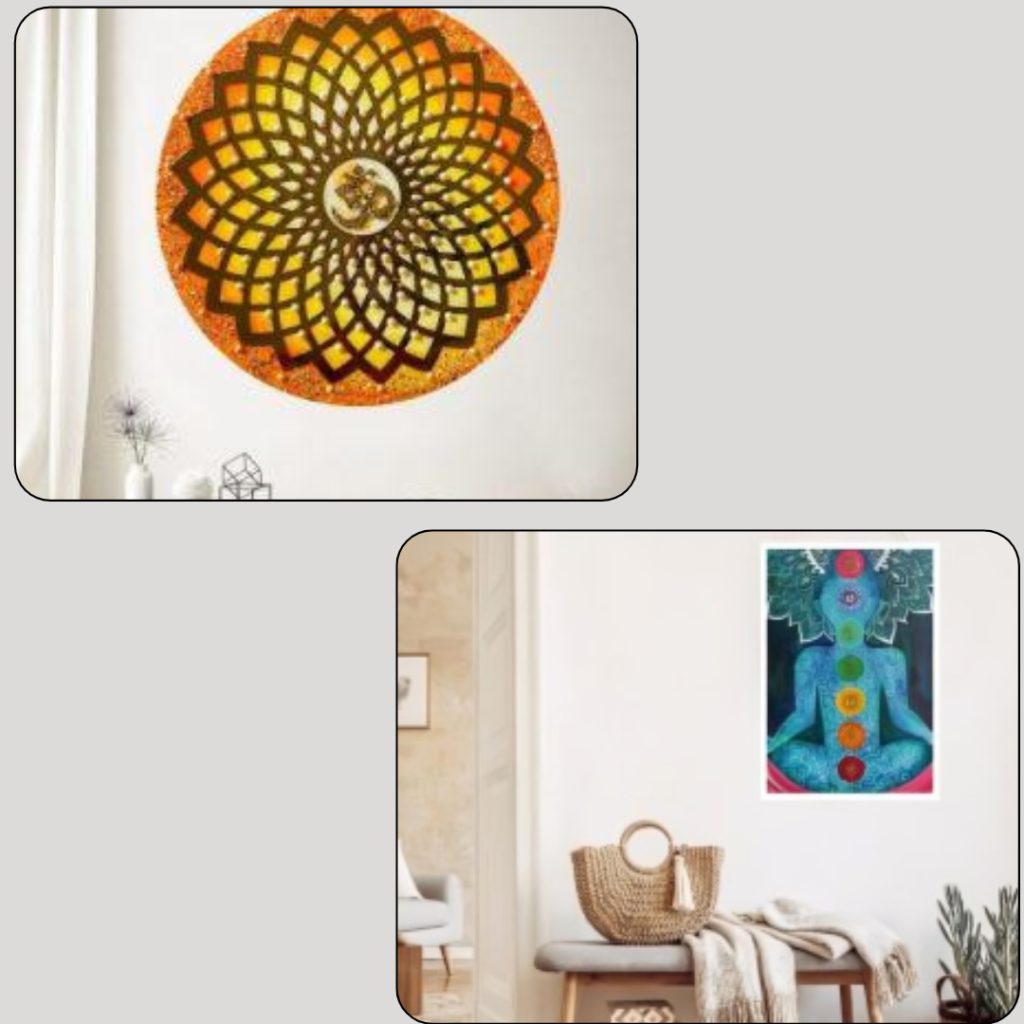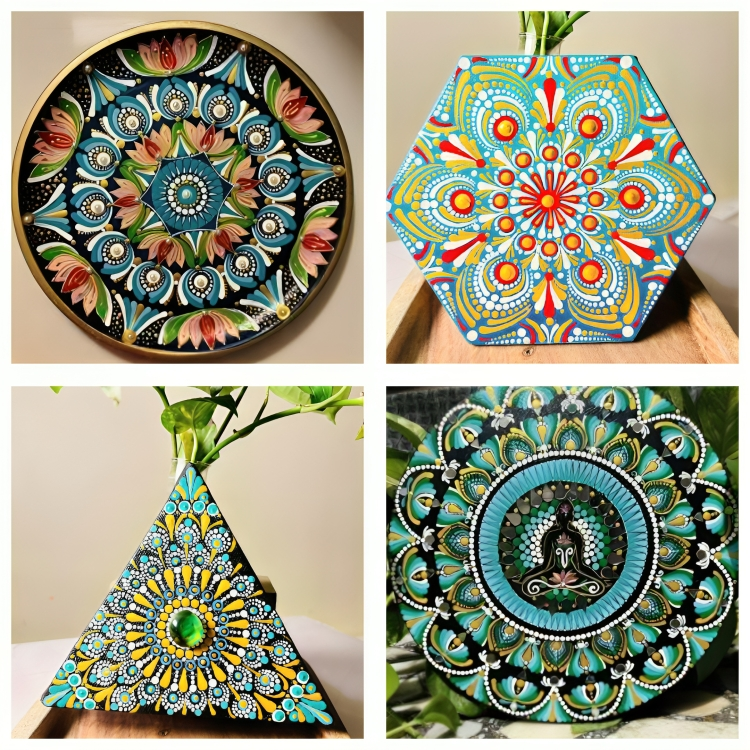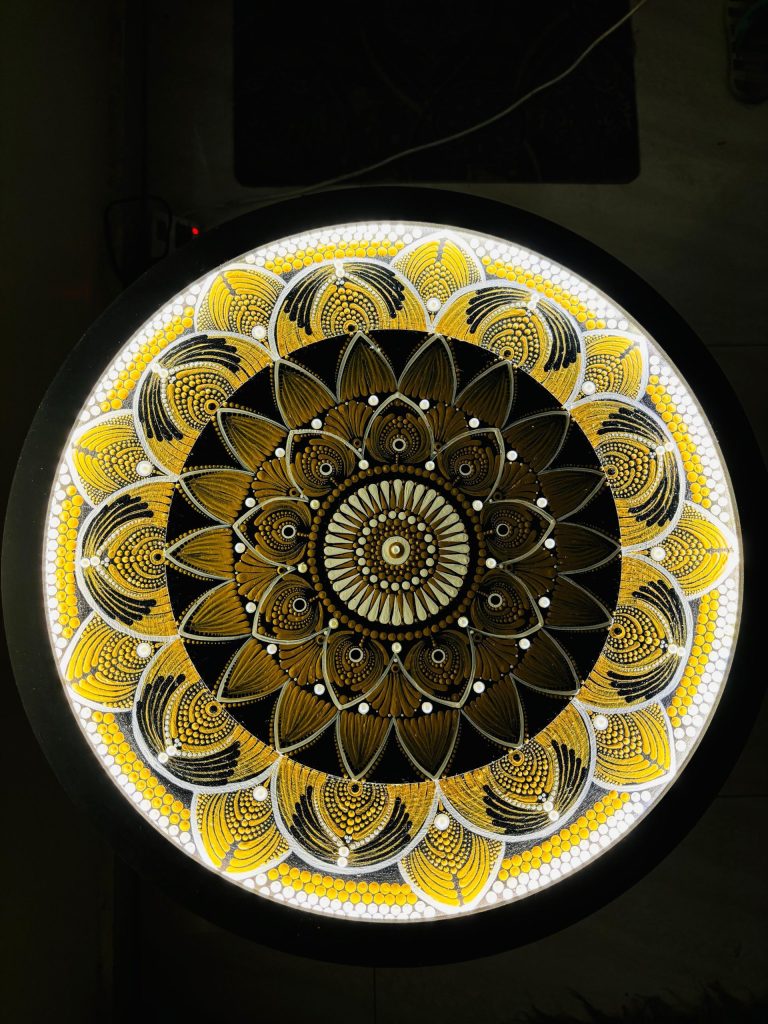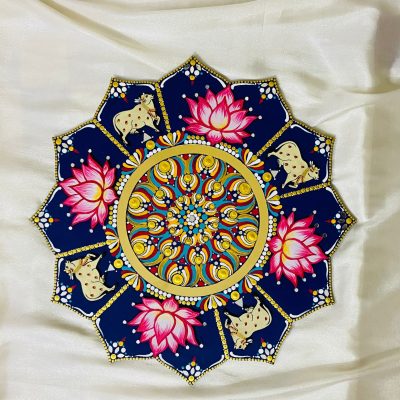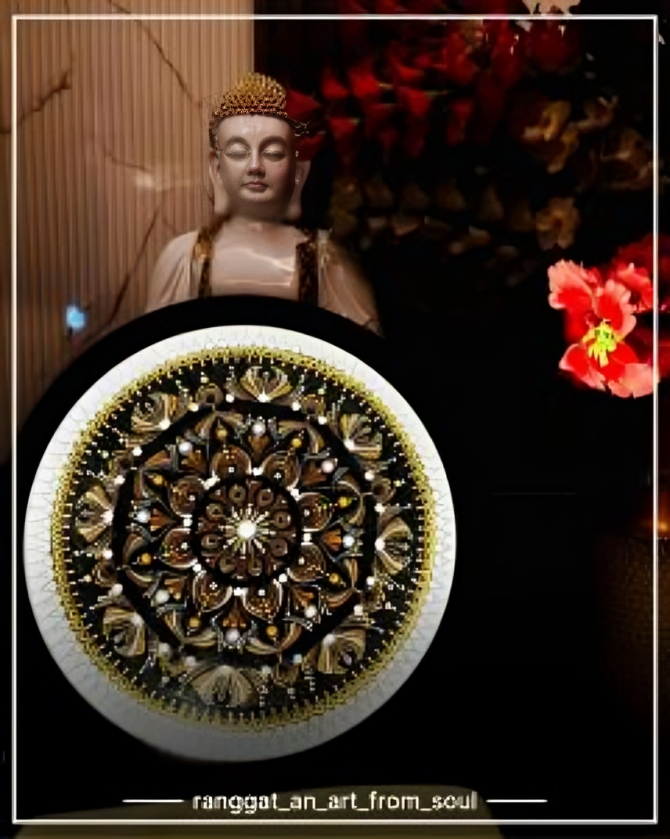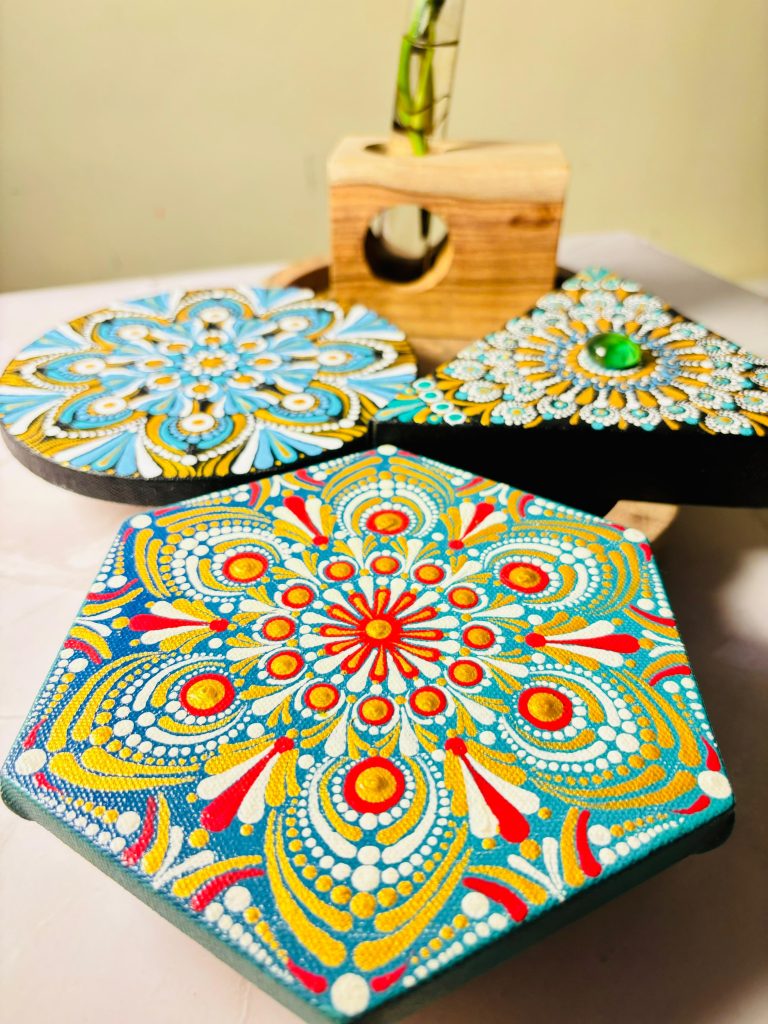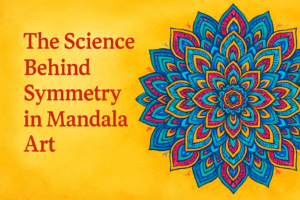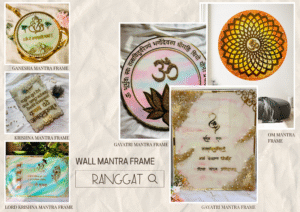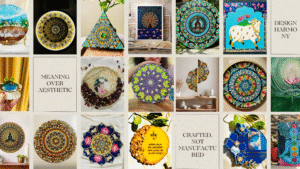Art has always been a crucial component of interior design, elevating ordinary areas to remarkable ones. The appropriate artwork can add personality, tell a story, and evoke emotion in any setting, be it a beautiful hotel, a lively office, or a comfortable home. According to Ranggat’s artist, “Art isn’t just decoration—it’s the essence of a room.” Let us examine the ways in which art improves interior design and offer some professional advice on how to use it in your room.
“Art brings a home’s character and personality to life. Art can help highlight a client’s personal taste and create a unique look and feel. “
Why Art Matters in Interior Design
Art has the power to:
Create a Focal Point: A well-positioned artwork defines the room’s style and attracts attention right away.
Set the Mood: Art’s colors, themes, and styles can influence how a room feels—inspiring, energizing, or peaceful.
Reflect Personality: Homeowners and businesses can use art to express their ideals and identities.
Add Visual Balance: Art can harmonize a space by balancing proportions and complementing design elements.
According to Ranggat’s artist, “I have seen art totally transform a space. A young businessman, Karan, who was one of my clients, wanted his workspace to encourage innovation. We transformed his office into a focus of inspiration and creativity by selecting a colorful, abstract picture as the focal point.
Story: Transforming a Client’s Space with Art
Jyoti was a young professional in her early 30s who had battled anxiety for many years. The responsibilities of daily life and long work hours often left her feeling tired and overworked. Her small apartment felt more like a shelter than a home because of its white walls and unpleasant atmosphere, which reflected her internal struggles.
Sarah came upon a stunning mandala piece one day while looking through Ranggat’s artwork. Its intricate design, vibrant colors, and sense of symmetry radiated calm and balance.
The change happened instantly when the mandala artwork was displayed in her living room. There was now a focal point that expressed optimism on the formerly empty wall. Because of the mandala’s representation of harmony and wholeness, Jyoti made the decision to set aside a tiny area of her living room for relaxation and meditation.
She started meditating daily, sitting quietly in front of the mandala. Its intricate patterns seemed to draw her in, helping her focus and calm her racing thoughts. Over time, Jyoti noticed a profound change in her mental state. Her anxiety lessened, and she began feeling more grounded and in control of her emotions.
Jyoti’s home turned into her sanctuary, a place where she could relax and find peace. As she puts it, “That mandala art isn’t just a painting; it’s my reminder to breathe, to slow down, and to find beauty in silence. It’s brought light back into my life.” Today, Jyoti shares her story proudly with friends, encouraging them to find meaningful art that resonates with their own journeys. For her, the mandala was more than a purchase—it was the beginning of a happier, healthier life.
Expert Tips to Incorporate Art into Interior Design
Here are some expert tips from Ranggat’s artist for using art to elevate your interiors:
Choose Art That Resonates with You: Choose pieces that have meaning or tell your story instead of merely following trends.
Consider Scale and Proportion: A small painting on a vast wall might get lost, while an oversized piece can overwhelm a small room.
Match Colors Thoughtfully: Use art to contrast or enhance the color scheme of your space.
Experiment with Placement: Try putting artwork in unexpected areas, such as transitional spaces, bookcases, or against walls.
Mix Mediums: For a dynamic and multi-layered effect, combine textiles, sculptures, and paintings.
Invest in Custom Art: A personal touch is added by customized pieces, which frequently turn into cherished family treasures.
Art as the Soul of Design
According to Ranggat’s artist, “Art completes the design narrative.” A room feels incomplete without it. Whether you are creating a house or an office, the correct artwork may enhance your space and make it more attractive, useful, and deeply personal.


